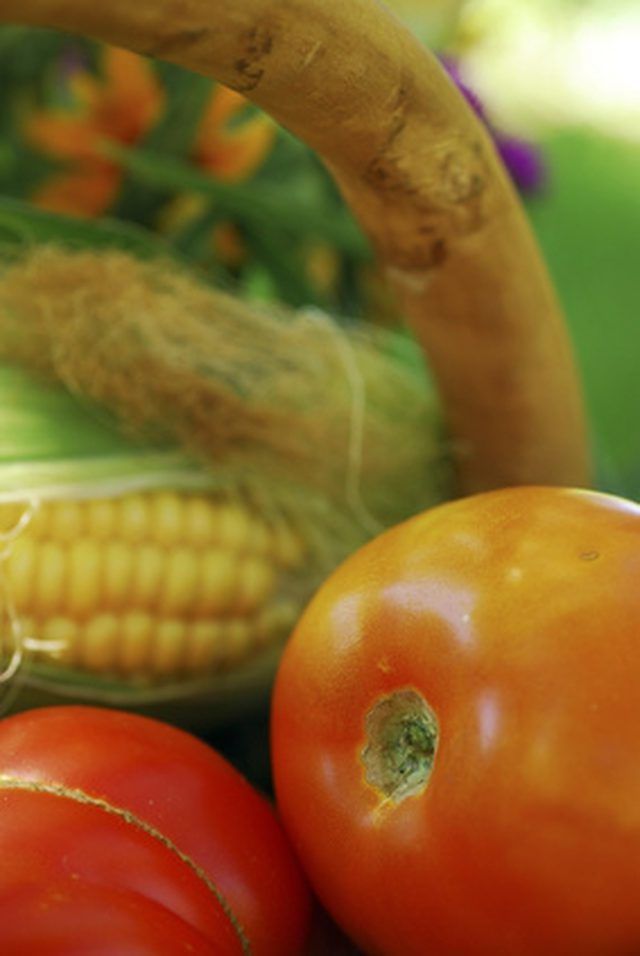Bulbs
Flower Basics
Flower Beds & Specialty Gardens
Flower Garden
Garden Furniture
Garden Gnomes
Garden Seeds
Garden Sheds
Garden Statues
Garden Tools & Supplies
Gardening Basics
Green & Organic
Groundcovers & Vines
Growing Annuals
Growing Basil
Growing Beans
Growing Berries
Growing Blueberries
Growing Cactus
Growing Corn
Growing Cotton
Growing Edibles
Growing Flowers
Growing Garlic
Growing Grapes
Growing Grass
Growing Herbs
Growing Jasmine
Growing Mint
Growing Mushrooms
Orchids
Growing Peanuts
Growing Perennials
Growing Plants
Growing Rosemary
Growing Roses
Growing Strawberries
Growing Sunflowers
Growing Thyme
Growing Tomatoes
Growing Tulips
Growing Vegetables
Herb Basics
Herb Garden
Indoor Growing
Landscaping Basics
Landscaping Patios
Landscaping Plants
Landscaping Shrubs
Landscaping Trees
Landscaping Walks & Pathways
Lawn Basics
Lawn Maintenance
Lawn Mowers
Lawn Ornaments
Lawn Planting
Lawn Tools
Outdoor Growing
Overall Landscape Planning
Pests, Weeds & Problems
Plant Basics
Rock Garden
Rose Garden
Shrubs
Soil
Specialty Gardens
Trees
Vegetable Garden
Yard Maintenance
Powdery Mildew Treatment With Baking Soda
Powdery Mildew Treatment With Baking Soda. Powdery mildew is a fungal-based plant disease. It commonly affects many fruit, vegetable and flower varieties. It is easily identified by the powdery residue that appears on the leaves and stems of affected plants. Powdery mildew can affect new plant growth, as well as the development of new fruit. The...

Powdery mildew is a fungal-based plant disease. It commonly affects many fruit, vegetable and flower varieties. It is easily identified by the powdery residue that appears on the leaves and stems of affected plants. Powdery mildew can affect new plant growth, as well as the development of new fruit. The presence of this fungi can also have an impact on the flavor of harvested fruits and vegetables. Warm temperatures and high humidity can increase the risk of powdery mildew formation, especially on shaded plants.
History
The first recorded use of baking soda for treatment of powdery mildew on roses dates back to 1933. Russian plant pathologist A. de Yaczenski showed successful results using a simple mixture of baking soda and water to treat the fungi. Later research done by Dr. R. Kenneth Horst at Cornell University indicated that a substance such as soap, or oil when added to the baking soda solution greatly improved it's effectiveness against the disease, according to the National Sustainable Agricultural Information Service.

Types
Several different species of fungi can cause powdery mildew on plants. These include Erysiphe, which commonly affects both vegetables and flowers, and Podaspheara, which is common in apples and other fruit varieties. Roses, berries and some vegetables are also commonly infected with the fungi Sphaethotheca, according to the National Sustainable Agricultural Information Service.

Significance
Commercial baking soda-based solutions as well as home-made mixtures have been shown to be both safe and effective, according to the National Sustainable Agricultural Information Service. In 1996 the Environmental Protection Agency ruled that sodium and potassium bicarbonates are exempt from residue tolerance, as when applied correctly, they leave no evidence of increased sodium or potassium levels in plant tissue, soil or run-off water.
It is unclear whether baking soda breaks down the cell walls of powdery mildew causing fungi, or simply kills the disease by dramatically changing the pH levels in and around the plant. Bicarbonate solutions can be used as both an eradicant and a preventative when treating powdery mildew.

How To Use Baking Soda to Treat Powdery Mildew
Mix 4 tsp. of baking soda with 1 gallon water. The addition of 2 to 4 tsp. of dish soap or vegetable oil will help the baking soda solution to cling to the affected area, increasing it's effectiveness.
Addition of an horticulture oil, such as Sunspray UFP has also been shown to be very effective in treating powdery mildew, according to Santa Clara County Master Gardeners. If using a horticulture oil, omit the dish-spray or vegetable oil.Neem and jojaba oil are also helpful in treating powdery mildew. As an alternative to other ingredients, mix a few drops of one of these oils into the baking soda and water solution.
Apply the baking soda solution once a week for prevention of powdery mildew. Treat affected plants once every three days until the disease is gone. Be sure to apply the solution to both the tops and undersides of the leaves for maximum results.

Warning
Baking soda treatments for powdery mildew should always be mixed at a ratio of 2 percent bicarbonate to water. Appropriate mixing of the solution ensures that it is safe for plants, soil, and water systems. In theory, increasing the amounts of baking soda used in the solution can affect pH levels in the soil and water. In addition, baking soda used in concentrations greater than those given can result in foliage burns to the plants.